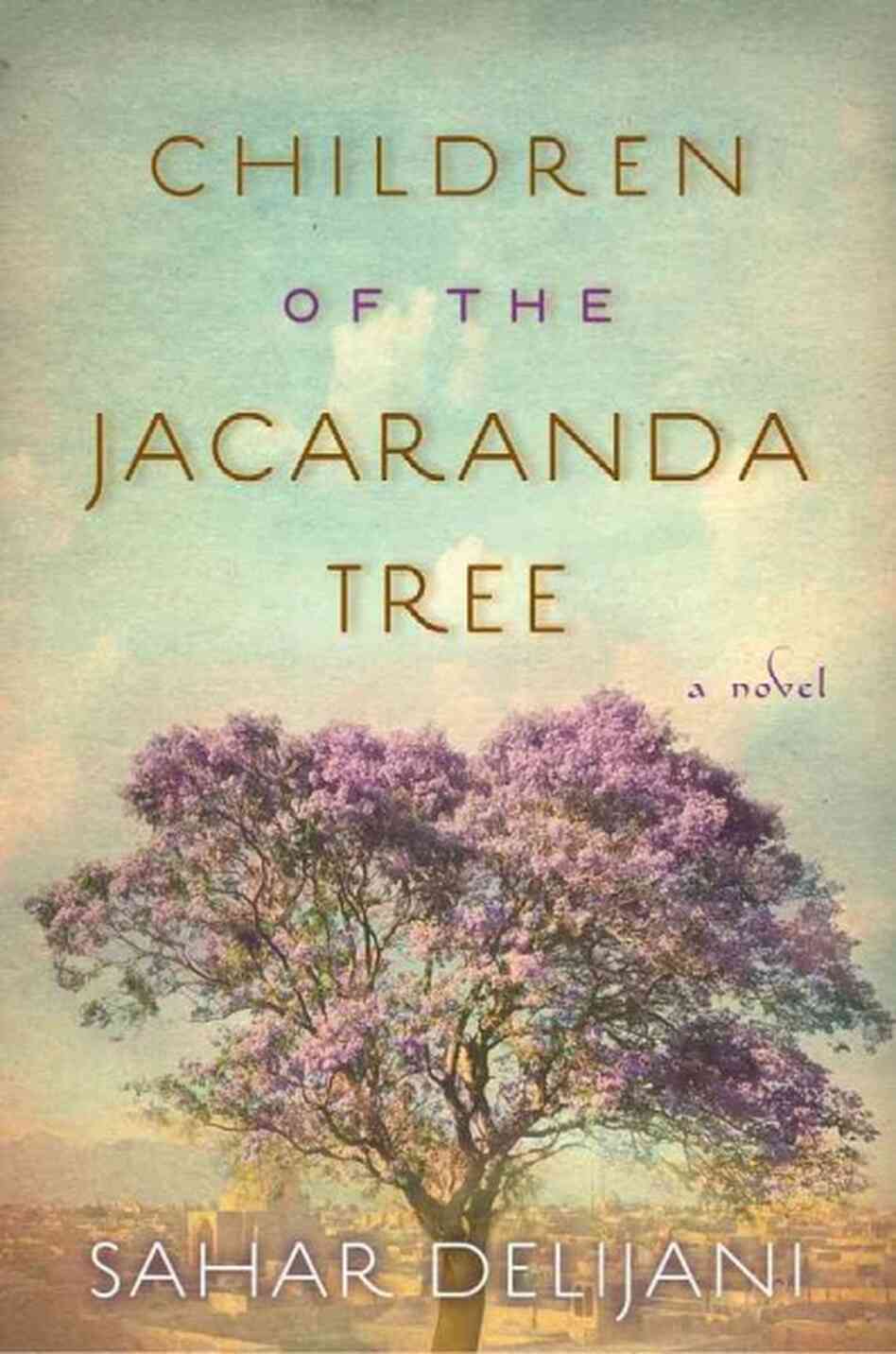Hello everyone, long time no post (at least in blogger world). So here's a little update on where I've been.
For the last three or so years I've been living in Houston, TX. That's right, the lone star state was my base of operations, but not my homeland. I've lived in various places throughout my life, but consider London my home now. And I've finally moved back. Hence the absence and lack of posts. But I'm back now, so expect a lot of posts shortly.
To start off my return, I have a little something for you all- courtesy of poet and author Jac Wright. He has very kindly offered a free copy of his short story "The Closet" to the first ten people who sign up to his blog from mine. For more details check out the blog post linked here.
So now I've said it all. Book reviews will be returning very shortly and in full swing. Till then, enjoy the company of a good book.
For the last three or so years I've been living in Houston, TX. That's right, the lone star state was my base of operations, but not my homeland. I've lived in various places throughout my life, but consider London my home now. And I've finally moved back. Hence the absence and lack of posts. But I'm back now, so expect a lot of posts shortly.
To start off my return, I have a little something for you all- courtesy of poet and author Jac Wright. He has very kindly offered a free copy of his short story "The Closet" to the first ten people who sign up to his blog from mine. For more details check out the blog post linked here.
So now I've said it all. Book reviews will be returning very shortly and in full swing. Till then, enjoy the company of a good book.



